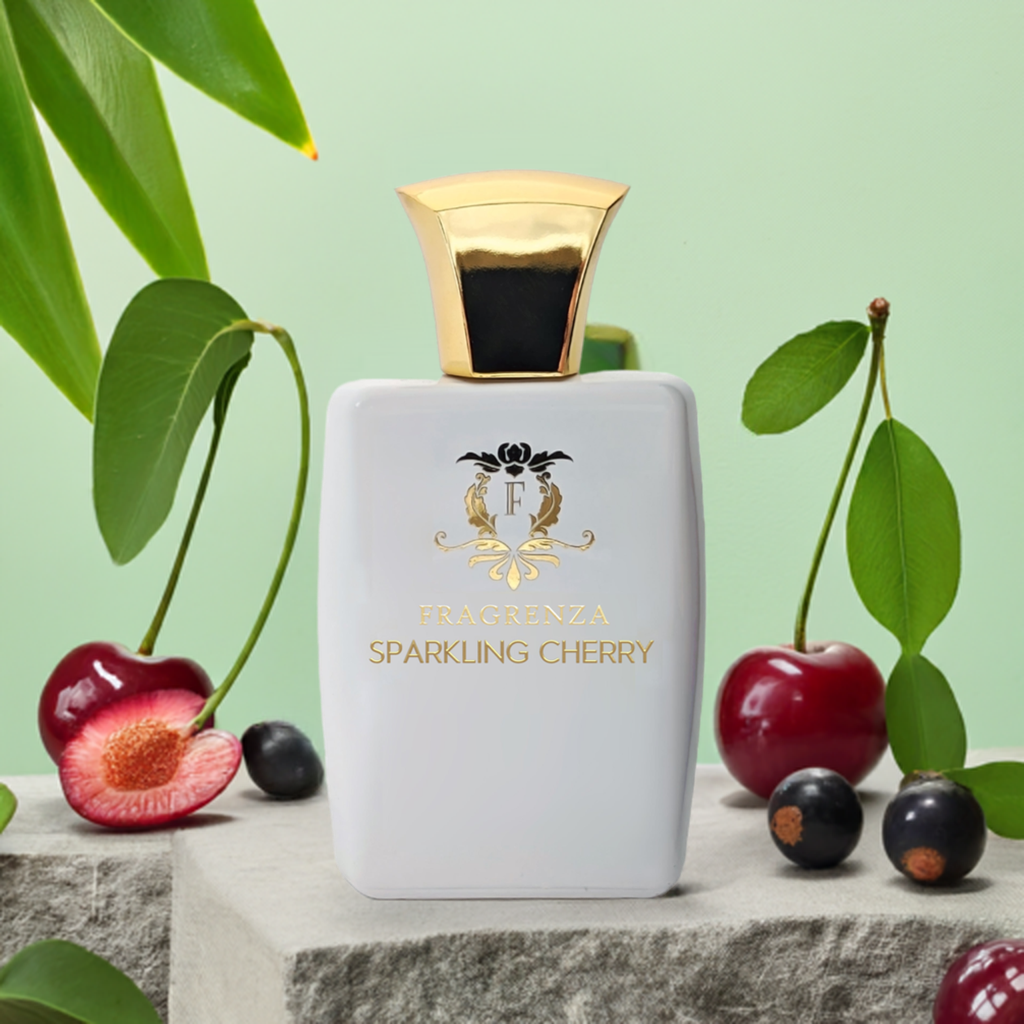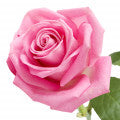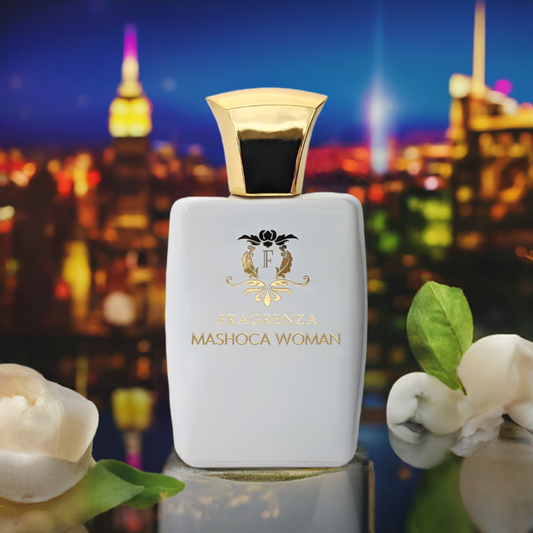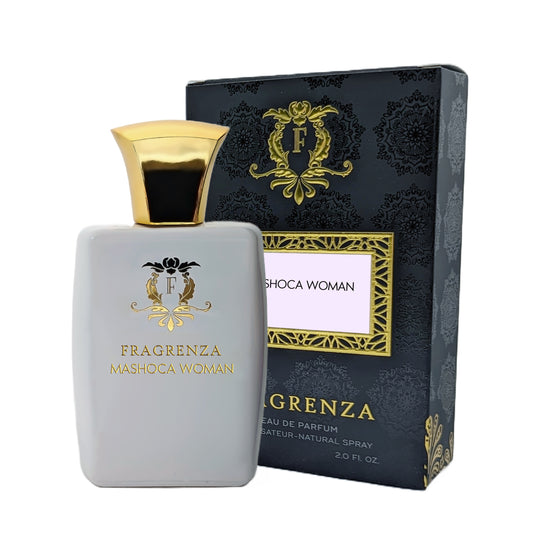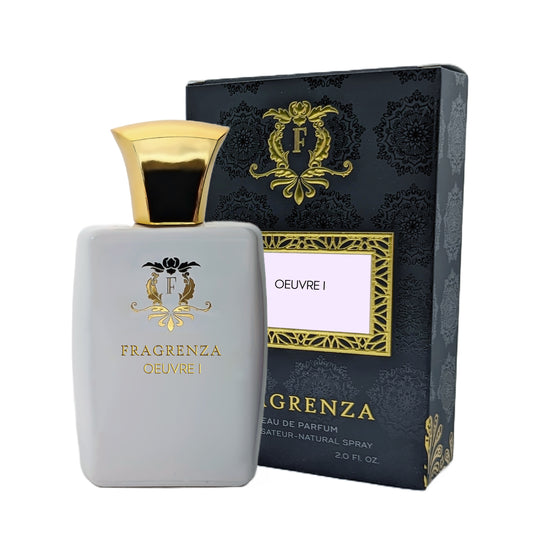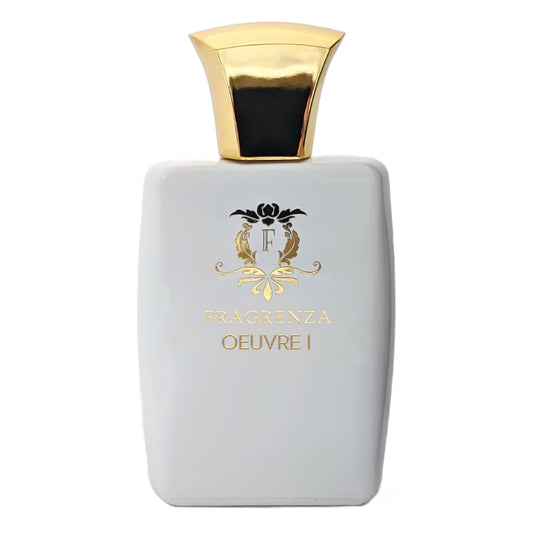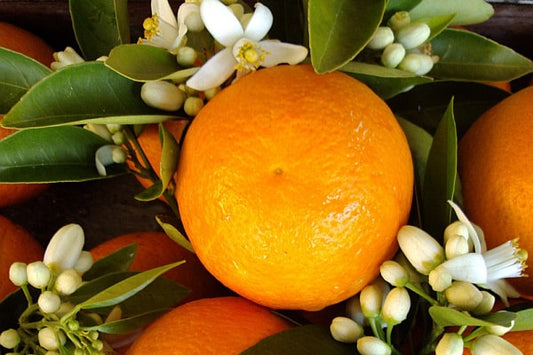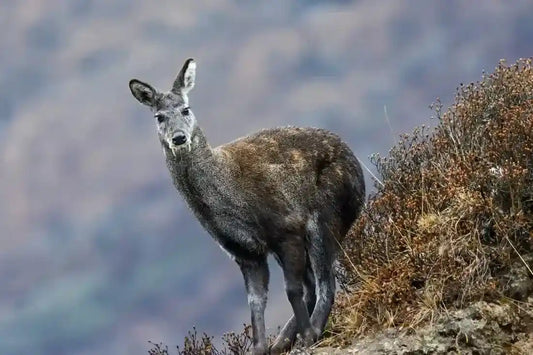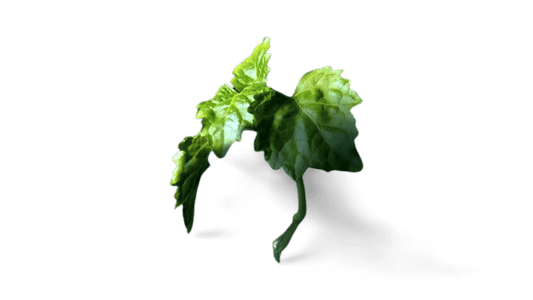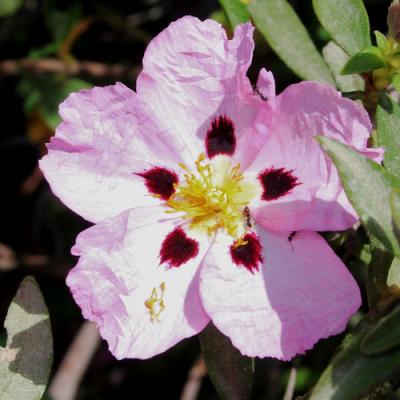- Mashoca Woman Imitation Woman by AmouageVendor:Inspired by Amouage Imitation Woman dupeRegular price From $9.99Regular price
$69.99Sale price From $9.99Sale - Oeuvre I Opus I by AmouageVendor:Inspired by Amouage Opus I cloneRegular price From $9.99Regular price
Rice Fragrances
Explore our collection of rice fragrances. Shop rice perfumes that will captivate your senses.Red Willow Fragrances
Experience the invigorating scents of red willow fragrances. Discover the best red willow perfumes and immerse yourself in a refreshing aroma.Rose Hip Fragrances
Indulge in the captivating rose hip fragrances. Explore the best rose hip perfumes and let their enchanting scents transport you.Saffron Fragrances
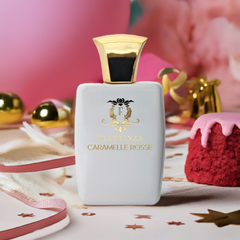
From this collection Caramelle Rosse is MFK Baccarat Rouge 540 dupe
Discover the delightful scents of saffron fragrances. Shop best saffron perfumes online and add a touch of elegance to your fragrance collection.Rue Fragrances
Immerse yourself in the world of rue fragrances. Experience the best rue perfumes for men and discover unique and captivating scents.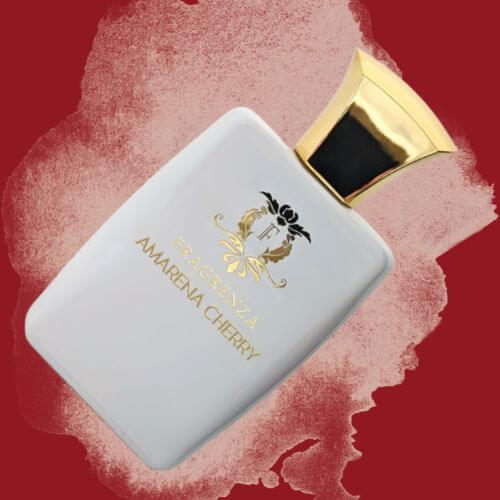
Amarena Cherry
Obsessed with cherry? If you want to really amp up the cherry scent, this Tom Ford Lost Cherry dupe will give Lost Cherry a run for its money. Black cherry, cherry syrup, and cherry liqueur all mingle together for an indulgent cherry overdose that’s complemented by notes of almond, tonka bean, Turkish rose, and jasmine sambac.
Flowers
Rosa gallica, centifollia, damascena
Collapsible content
Description
It has been determined by history that the rose itself is an artificial phenomenon. What we call roses are actually artificial cultivars of representatives of the biological genus Briar or Wild rose Rosa, a plant of the Rosaceae family. The vast majority of varieties of roses are obtained by crossing: by crossing and selection. There are about 400 species of heather and, according to various estimates, 10 to 50, 000 varieties of roses. There is a theory that roses were cultivated in the countries of the Middle East over five thousand years ago. Even before the Common Era, roses were cultivated in India and China. Roses are depicted on the walls of palaces in Crete 2000 BC and on the tombs of the pharaohs in Egypt around 1000 BC. Clay tablets found in Nestors palace in Crete tell us about the scented rose oil;Confucius wrote on the cultivation of roses in China;and dozens of varieties of roses are mentioned in the works of Roman writers. In the Middle Ages, roses were quite ubiquitous in Europe, and in the early 17th century they arrived in America with the first English settlers. In all likelihood, the rose arrived in Kievan Russia during the Byzantine period;the first mention of the cultivation and selection of roses in this country dates back to the beginning of the 17th century, during the reign of Mikhail Fyodorovich. The roses were brought from Germany and remained the property of the royal court. It is only since the reign of Peter the Great that roses have been planted in the gardens, and their massive distribution could only be observed under Catherine II. At the end of the 19th century, roses began to grow throughout the European part of Russia. The most common roses, those that are grown to be cut for creating beautiful bouquets, are most often hybrid tetraploid varieties of tea that were bred not so long ago - in the second half of the 19th century. . Many breeders aim to obtain varieties that have a strong and lively scent, so among the more fragrant varieties of roses are: Aida, Captain Harry Stebbings, Dublin, Folklore, Fragrant Cloud, Limelight, Royal Highness and Tiffany. Decorative variety Scented Cloud Despite the diversity of species and varieties of roses, only two of them are of interest from the point of view of perfumery: the Damask Rose Rosa Damascena and the Cabbage Rose or May Rose Rosa Centifolia. The Damask rose has been known in the Middle East for ages. In the 7th century, the Arabs knew the principle of distillation and could extract flowers from both rose oil and rose water. In the 19th century, this species of rose came from Syria to Europe. At present, it is the most important type of rose for perfumery and it is cultivated in the Bulgarian Kazanlak about 70 percent. Find out more by reading How to Buy Bulgarian Rose Perfume Online. In Crimea, specific frost-resistant hybrids of the Damascus rose are cultivated, because the climate there is too cold for the rose;Earlier in the Nikitsky Botanical Garden, the grade Crimean Red of the species Rosa Gallica was introduced, which for a long time was the main industrial grade of the peninsula. Damascus rose is also cultivated in Syria, Turkey, Iran, India, China and Saudi Arabia. Red Crimea The process of extracting the rose by petroleum ether results in concrete or an essential oil which is only produced on an industrial scale in Bulgaria and Turkey. In Bulgaria, the concrete is then extracted with ethanol in order to obtain an absolute with a yield of about 50 percent, but some manufacturers prefer to buy concrete and carry out the extraction independently. Therefore, some of the Damask rose absolutes are formally produced in France. To produce 1 kg of rose absolute, you need 3 to 4 tons of flowers, one kilo of Bulgarian rose absolute costs around $ 5, 000. The essential oil of rose or called otto de rose is obtained by steam distillation in Bulgaria, Turkey, Crimea and elsewhere, at a rate of approximately 2500 kg per year. Rosa damascena The Rose de Mai is cultivated in France, Egypt, Tunisia and other countries in North Africa, Eastern Europe, Italy and China, but it is mainly cultivated in Morocco: each year, more than 2, 000 kilograms of Rose de Mai concrete are produced there by petroleum ether extraction. Later, the concrete is extracted with ethyl alcohol in order to obtain Rose de Mai absolute with the result of 67 percent. The aroma of the absolute is deep, sweet and very rich honey. Unlike Damascus Rose absolute, its spicy and phenolic aspects are less pronounced. Some of the flowers of the Moroccan rose are also used in the production of the essential oil. There is another rather exotic product obtained from this plant: In the south of France, the absolute from Rose de Maiis leaves obtained by extraction with chlorocarbons trichlorethylene, dichloromethane. It is a semi-liquid green mass with a leafy, slightly woody smell. Steffen Arctander calls this material a selling note in his book. Some perfumers mention it in the pyramid as an indisputable advantage of their compositions, however, the effect of its presence is very weak or even nonexistent. According to Arctander, if perfumers were interested in this material, then it would be produced in much larger quantities. Rosa centifolia Over the years, chemists have attempted to identify and separate the components of oil and rose absolute. In the first half of the 20th century, all the key components were known: substances with a natural rose content of more than 1 percent in total they are more than 80 percent. These are rose alcohols: citronellol 30-40 percent, geraniol 10-20 percent, nerol, linalool, eugenol and its methyl ether, phenylethyl alcohol PEA, as well as the esters of these alcohols. . , mainly acetates. The main difference between the distillation product essential oil, otto and the extraction product concrete, absolute is in the content of phenylethyl alcohol. The essential oil from primary distillation contains practically no phenylethyl alcohol because it is freely soluble in water and remains in the hydrosol.
-
Our best sellers.
-
Adeline PDM Delina dupe Better Peach Tom Ford Bitter Peach dupe Chloris Gardenia Gucci Flora Gorgeous Gardenia dupe Fearless Love Kilian's Love, Don't Be Shy dupe Selvaggio Dior's Sauvage dupe Addict Noir YSL's Black Opium dupe Empress D&G's L'Imperatrice dupe Divino Bleu de Chanel dupe Lo amo J’Adore Dior dupe Pretty Girl Carolina Herrera's Good Girl dupe
